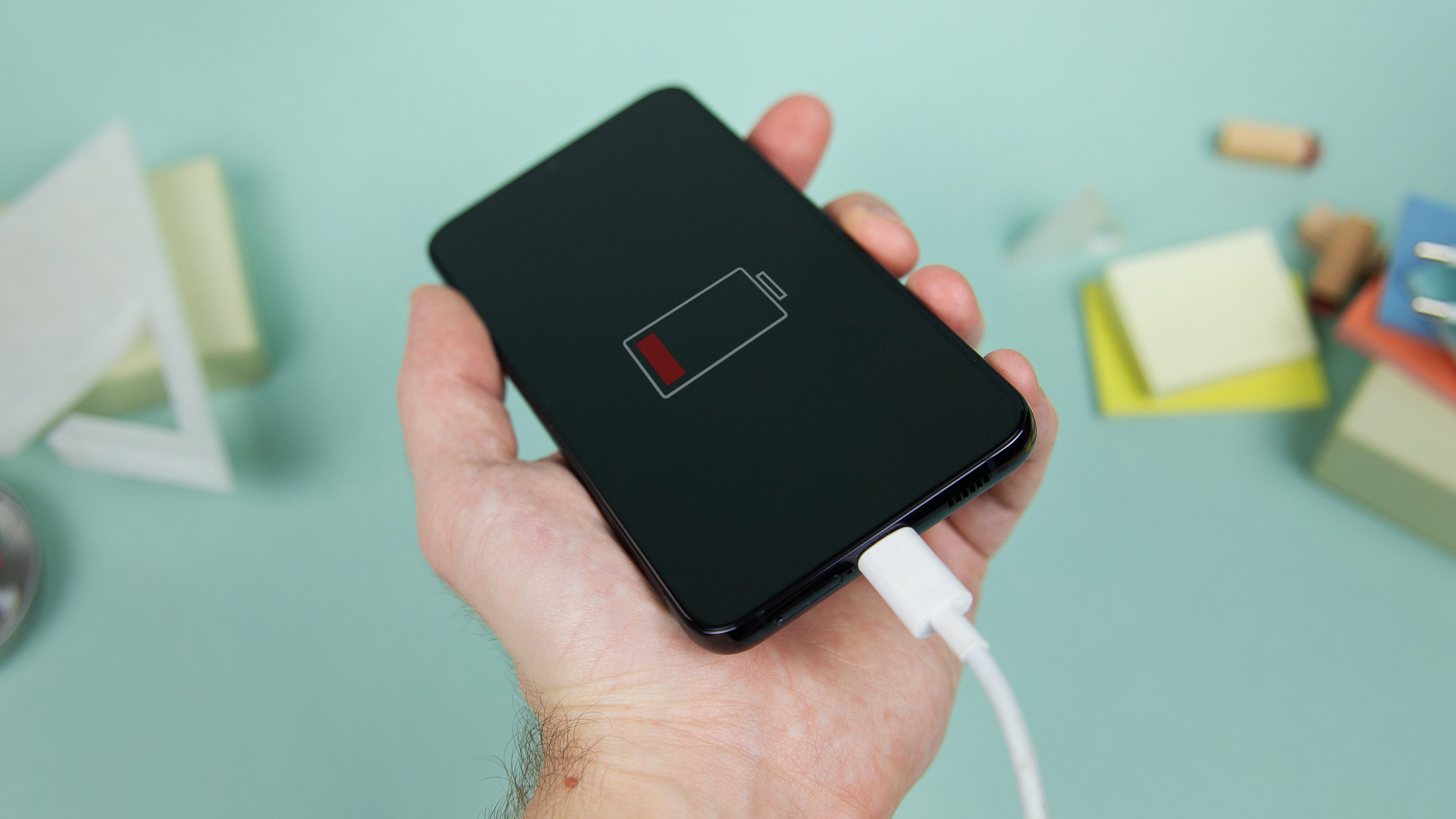
When NASA astronaut Jasmin Moghbeli spun a dreidel in the International Space Station, she was not only celebrating Hanukkah but offering an intriguing physics demonstration.
In the weightless environment, flying some 250 miles above Earth, the four-sided top keeps going and going and going. It’s only when Moghbeli bumps the child’s toy with her camera that it wobbles, taps the cupola window, and tips — eliciting a laugh from the SpaceX Crew-7 commander.
Moghbeli, who normally celebrates Hanukkah and Christmas with her husband and twin daughters at home, brought a wooden dreidel, a felt menorah, and an ornament holding a family photo with her to space. Watch the spinning top in the video, posted on X, below.
Private astronaut brings an item of mythic proportions to space station
This is not the first time Hanukkah, the eight-day Festival of Lights which began on Dec. 7 this year, has been celebrated in zero gravity before. Retired NASA astronaut Jeffrey Hoffman was the first to do so during the STS-61 mission to repair the Hubble Space Telescope in 1993, according to the U.S. space agency.
After Hoffman completed his third spacewalk of the mission, he celebrated with a traveling menorah and a dreidel. In a grainy video from the time, he explains what he’s doing:
“One of the games that we play is a little game with a dreidel, and it’s something that you spin, and then you see which side comes up, and according to that, you either win or lose,” he said. “I was just trying to see how you might reinterpret the rules for spaceflight since there’s no up or down.”
The physics of a spinning top on Earth breaks down into three main motions, Kenneth Brecher, a retired astrophysicist from Boston University, explained to Mashable.
First, there’s spin.
Next, there’s an orbital effect called “precession” — the direction the top is pointing, which can change as the orientation itself moves around due to torque. This can be observed in action when the pole of a spinning gyroscope slowly traces a circle.
Last, there’s “nutation,” the wobbling of the axis of a rotating object.
Want more science and tech news delivered straight to your inbox? Sign up for Mashable’s Top Stories newsletter today.
Dreidels and other spinning tops have something called angular momentum, which relates to the distance of the object from the center of its rotation. On Earth, a dreidel slows down because of air and the table or floor on which it’s spinning — both creating friction. As the toy slows, it loses its angular momentum. Gravity then forces it down to a stop.
But in space, the rules are a little different. There is no gravity to pull the top down.
“If it was outside the space station,” where there’s no air friction, Brecher said, “there wouldn’t be any stopping it.”

NASA astronaut Jeffrey Hoffman performs repairs on Hubble Space Telescope
Credit: NASA
Brecher has become a bit of an unwitting dreidel expert from his career, much of which he spent studying the spin properties of neutron and white dwarf stars, dense remnants of dead stars.
Now in his retirement, he works on building better tops, optimized by design and materials, after his adult daughter encouraged him to pursue the idea. To learn more about the tops — and watch them spin — visit PhiTOP.com.
“I got interested in this because every astronomical object spins — planets, stars, galaxies,” he said.






